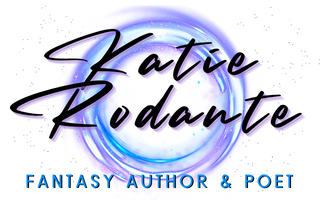How To Find Inspiration (and Actually Use It)
When I tell people I’m a writer, or they read a story or poem of mine, they often ask the same question:
Where do you get your inspiration from?
It’s not an uncommon question. Most working creatives hear this question often. Folks want to know where we get our great ideas.
I’ve found that when you work in a creative field, inspiration is something you need every single day.
I have to read other people’s work. I need to view art, even if it’s just on Instagram. And taking a scroll through Pinterest can be a great way to start the day before I sit down to create something of my own.
If you’re a working creative, you need inspiration every single day.
Inspiration is the stuff that gets us going. It’s the work that amazes us but also makes us think, “Why didn’t I think of that?” It’s the glue that holds all of that creativity together.
Even though we need to feel inspired, we can’t sit back and wait for inspiration to strike us. Not if we want to keep working and earning money for our creative work, anyway.
We have to search for it. And catalog it for later.
Because when you’re a working creative, running out of inspiration just isn’t an option.
Gathering inspiration is the first step to creativity.
If you’re going to make something from nothing, you first need to have an idea. And our ideas come from the things we experience, the things we think up, and the things we consume.
While the creative process has many variations, gathering inspiration is a required step for every type of creative. No matter what you create, or how you create it, you need inspiration for your work.
The final question: How did you do it?
After asking about where we find our inspiration, people often want an inside look into an artist’s or writer’s creative process.
They want to know how we went from idea to finished product, and how we brought the project to life.
This post series won’t cover variations of the creative process (I’ll save that for a different post series), but it will take you through the process of finding inspiration to how you can then use that inspiration for your next creative project.
The Goal of This Post Series
One of the things that is most important to me is creativity.
I love to study processes, to challenge myself to think outside of the box, and to think of inspiration as something that is everywhere that can be collected and used at any time.
My goal with these posts is to inspire you to consider your sources — the places where you can always turn to gather inspiration, and to motivate you to use this inspiration in a few different ways in order to craft something wonderful.
Another thing that is most important to me is intentional living, or living according to your values. Making sure that what you’re doing fits what you want to be doing most of all.
I’ve noticed that for a lot of folks here on Medium, creating on a regular basis is important to us. We are here because we want to write, and we want our work to be read. Many people here publish every single day, myself included.
To publish every day means you need to have a strong work ethic, great discipline, but also you need to have your creative well full. You need to feel full of inspiration, or know where to turn for great inspiration.
That’s where this post series comes in. I want to help you to find unexpected resources for inspiration, and help you to find new methods for creation. These methods do not only apply to writing, but as a writer myself, that is the basis.
Hope it helps you.
xx Katie

